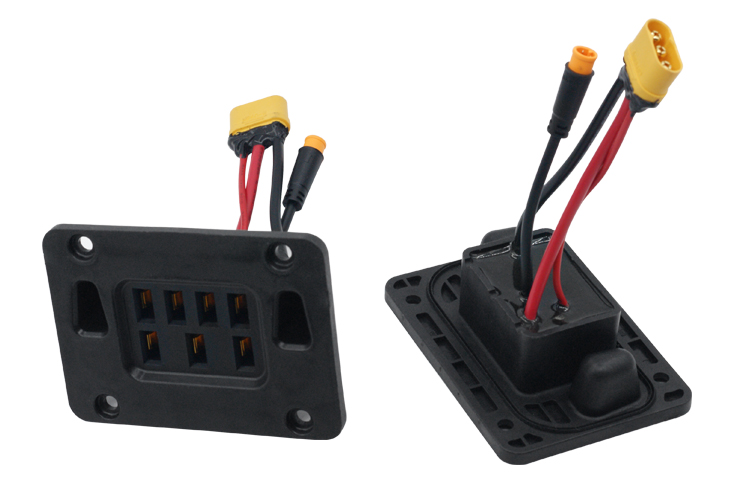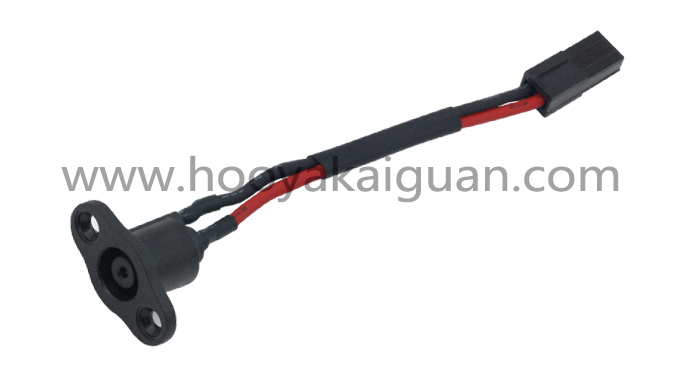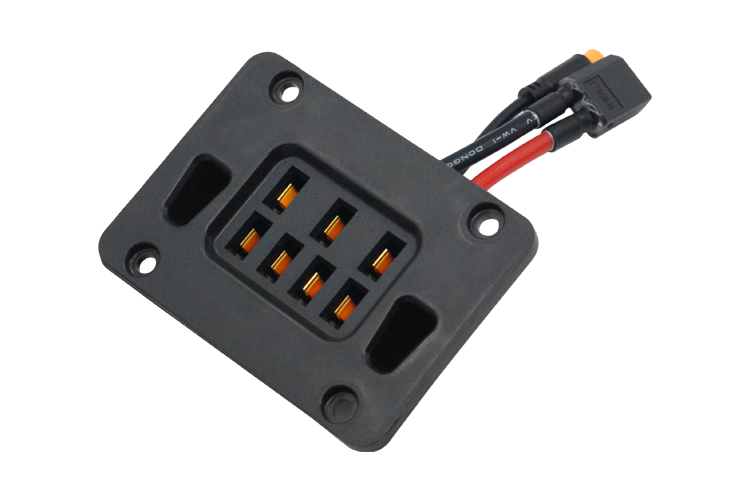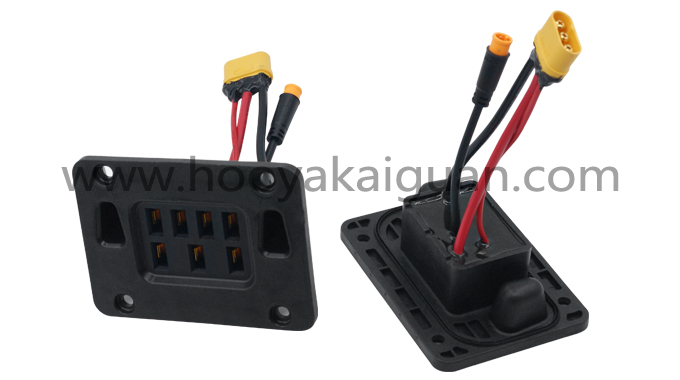Precautions for Scooter Battery Wire Harness Charging Sockets  1. Compatibility CheckEnsure the charging socket matches your scooter’s model, battery specifications, and charger interface. Avoid using incompatible sockets to prevent damage to the battery or charger. 2. Safety Protection - Prioritize sockets with built-in protections (overcharge, over-discharge, overheat, short circuit). - Use fireproof and flame-retardant materials that comply with safety standards. 3. Correct Installation & Connection - Follow the manufacturer’s instructions for installation (e.g., screw/clip fixation). - Pay attention to positive/negative pole connections (for DC sockets) to avoid reverse polarity. 4. Plugging & Unplugging - Align the socket and charger plug gently; avoid forced insertion/removal to prevent interface damage. - Unplug the charger first when finishing charging, then disconnect from the scooter.
1. Compatibility CheckEnsure the charging socket matches your scooter’s model, battery specifications, and charger interface. Avoid using incompatible sockets to prevent damage to the battery or charger. 2. Safety Protection - Prioritize sockets with built-in protections (overcharge, over-discharge, overheat, short circuit). - Use fireproof and flame-retardant materials that comply with safety standards. 3. Correct Installation & Connection - Follow the manufacturer’s instructions for installation (e.g., screw/clip fixation). - Pay attention to positive/negative pole connections (for DC sockets) to avoid reverse polarity. 4. Plugging & Unplugging - Align the socket and charger plug gently; avoid forced insertion/removal to prevent interface damage. - Unplug the charger first when finishing charging, then disconnect from the scooter.  5. Environmental Protection - Keep the socket dry and dust-free; wipe with a dry cloth regularly to prevent short circuits. - Avoid using/storing in high-temperature, humid, or corrosive environments. 6. Routine Inspection - Check for loose connections, wear, or damage (e.g., frayed wires, deformed plugs) regularly. - Replace aged or faulty sockets immediately to ensure safe charging. 7. Lithium Battery-Specific NotesFor lithium battery-dedicated sockets: - Ensure compatibility with high-current charging requirements. - Do not mix with non-lithium battery sockets to avoid safety hazards. 8. Professional Maintenance
5. Environmental Protection - Keep the socket dry and dust-free; wipe with a dry cloth regularly to prevent short circuits. - Avoid using/storing in high-temperature, humid, or corrosive environments. 6. Routine Inspection - Check for loose connections, wear, or damage (e.g., frayed wires, deformed plugs) regularly. - Replace aged or faulty sockets immediately to ensure safe charging. 7. Lithium Battery-Specific NotesFor lithium battery-dedicated sockets: - Ensure compatibility with high-current charging requirements. - Do not mix with non-lithium battery sockets to avoid safety hazards. 8. Professional MaintenanceIf encountering complex issues (e.g., internal wiring faults), seek professional technicians for repairs instead of attempting DIY fixes.





 App
App No public
No public